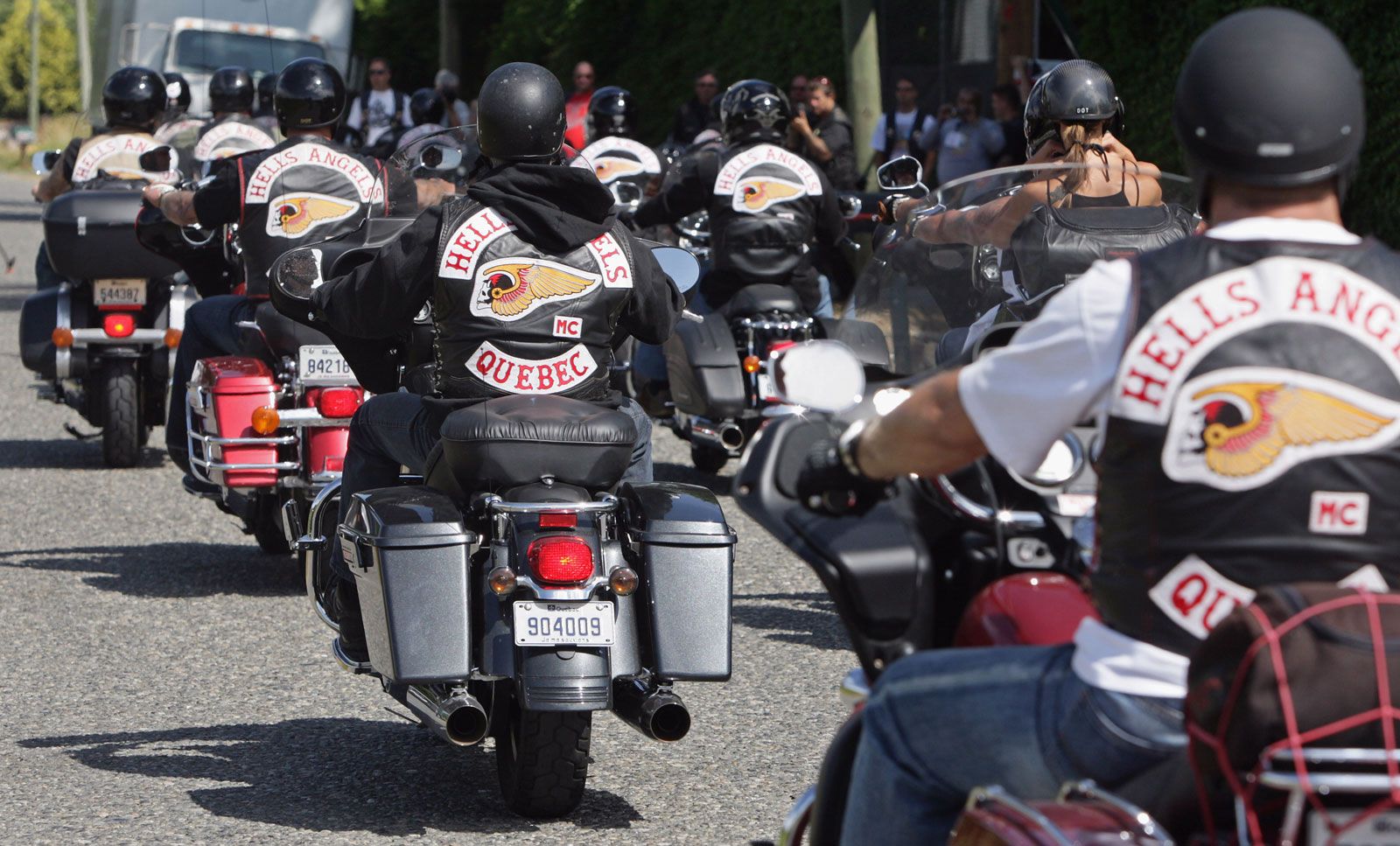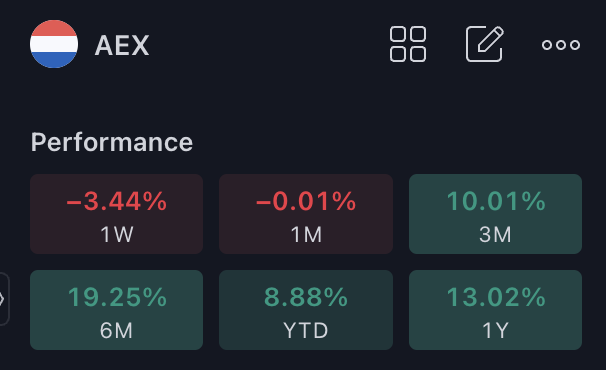Hells Angels: An In-depth Analysis

Table of Contents
History and Origins of the Hells Angels
The Hells Angels Motorcycle Club was founded in 1948 in Fontana, California, emerging from the post-World War II biker scene. Early members, many of whom were veterans, were drawn together by a shared love of motorcycles and a rebellious spirit. The club's early years were characterized by a mix of camaraderie and increasingly violent confrontations with rival motorcycle clubs and law enforcement. This period laid the groundwork for the HAMC's evolution into a sophisticated and globally operating criminal organization.
- Key founding members and their roles: While pinpointing exact roles is difficult due to the secretive nature of the club, figures like Arvid Lauring are often cited as influential early members.
- Early clubhouses and territories: The club initially operated out of various locations in Southern California, gradually expanding their territory and influence.
- Significant shifts in club structure and operations over time: The HAMC's transition from a local biker club to a transnational criminal enterprise involved a significant shift in organization, operational sophistication, and criminal activities.
Hells Angels Structure and Organization
The Hells Angels boast a hierarchical structure, organized into chapters, with mother chapters overseeing subordinate chapters. This allows for a degree of decentralized operation while maintaining overall control. Membership is rigorously controlled, with prospective members undergoing a probationary period as "prospects" before potentially becoming full "patched" members. The club operates under a strict code of conduct, emphasizing loyalty, secrecy, and obedience to leadership.
- The "1%" patch and its significance: This patch symbolizes the club's rejection of mainstream society and their embrace of an outlaw identity.
- Initiation rituals and requirements: Initiation into the Hells Angels is notoriously secretive and often involves proving one's loyalty and commitment through acts of violence or criminal activity.
- Internal discipline and enforcement mechanisms: The HAMC has its own internal disciplinary system to maintain order and punish members who violate club rules, often resulting in brutal consequences.
Criminal Activities and Law Enforcement
The Hells Angels are implicated in a wide range of criminal activities, including drug trafficking (methamphetamine, cocaine, heroin), extortion, money laundering, weapons trafficking, and violence. Their involvement in these activities has resulted in numerous arrests, convictions, and ongoing investigations worldwide. Law enforcement agencies employ various strategies to combat the HAMC, including infiltration, surveillance, and targeted enforcement operations.
- Examples of high-profile criminal investigations and convictions: Numerous high-profile cases involving drug trafficking, murder, and racketeering have demonstrated the HAMC's extensive criminal network.
- Strategies used by law enforcement to infiltrate and dismantle chapters: Undercover operations, wiretaps, and collaborations between international law enforcement agencies are critical in combating the HAMC's activities.
- The legal battles and challenges faced by authorities: Proving the involvement of individual members in criminal activities and overcoming the club's strict code of secrecy present significant challenges for law enforcement.
Hells Angels Culture and Symbolism
The Hells Angels are easily recognizable by their distinctive imagery, most notably their "Death Head" logo – a skull with wings. The club cultivates a specific motorcycle culture, with motorcycles serving not only as transportation but also as central symbols of their identity and freedom. However, the club carefully manages its public image, often employing propaganda and carefully crafted narratives to present a romanticized, rebellious image.
- The meaning behind the "Death Head" logo: The logo represents defiance, danger, and a rejection of societal norms.
- The role of motorcycles in the club's identity: Motorcycles are integral to the Hells Angels' identity, representing freedom, rebellion, and brotherhood.
- Media portrayals of the Hells Angels and their impact on public perception: Media portrayals have often glamorized or demonized the HAMC, shaping public perception and contributing to both their mystique and notoriety.
Global Presence and Chapters
The Hells Angels have expanded their operations internationally, establishing chapters in numerous countries across the globe. This global presence leads to territorial disputes and conflicts between chapters, often requiring negotiation and even violence to resolve. The HAMC adapts its operations to different cultural contexts, though its core values and criminal activities remain relatively consistent.
- Examples of prominent international chapters: Chapters exist across North America, Europe, Australia, and other regions.
- Territorial disputes and conflicts between chapters: Conflicts can arise over drug trafficking routes, territory, and resources.
- The adaptation of the Hells Angels to different cultural contexts: While maintaining core aspects of their identity, the HAMC adjusts to local conditions and laws in different countries.
Conclusion
The Hells Angels Motorcycle Club represents a complex and contradictory phenomenon. Their history reveals a progression from a post-war biker club to a transnational criminal organization with a meticulously structured hierarchy and a deeply ingrained culture of loyalty and violence. Understanding the Hells Angels requires a nuanced perspective, acknowledging their carefully constructed image alongside their extensive criminal activities and global reach. Continue exploring the history and impact of this notorious motorcycle club to gain a deeper understanding of its complex legacy. Further research into the Hells Angels and their activities will reveal a more complete picture of this infamous organization.

Featured Posts
-
 Michael Schumacher And His Rivals A Look At The Tensions In F1
May 25, 2025
Michael Schumacher And His Rivals A Look At The Tensions In F1
May 25, 2025 -
 Country Escape Making The Move To Rural Living
May 25, 2025
Country Escape Making The Move To Rural Living
May 25, 2025 -
 Peredbachennya Konchiti Vurst Potentsiyni Peremozhtsi Yevrobachennya 2025
May 25, 2025
Peredbachennya Konchiti Vurst Potentsiyni Peremozhtsi Yevrobachennya 2025
May 25, 2025 -
 Marktverslag Amerikaanse Beurs In Het Rood Aex In Het Groen
May 25, 2025
Marktverslag Amerikaanse Beurs In Het Rood Aex In Het Groen
May 25, 2025 -
 Konchita Vurst Ta Yiyi Prognoz Na Peremozhtsiv Yevrobachennya 2025 Detalniy Analiz
May 25, 2025
Konchita Vurst Ta Yiyi Prognoz Na Peremozhtsiv Yevrobachennya 2025 Detalniy Analiz
May 25, 2025
